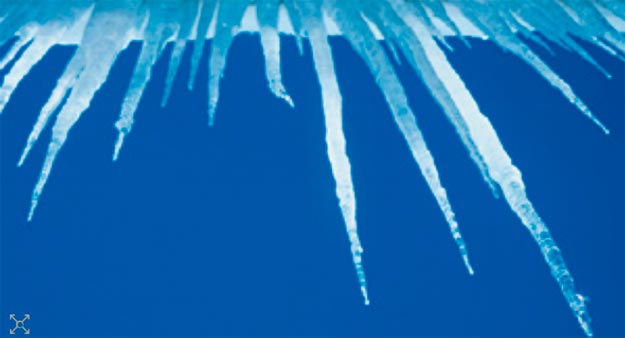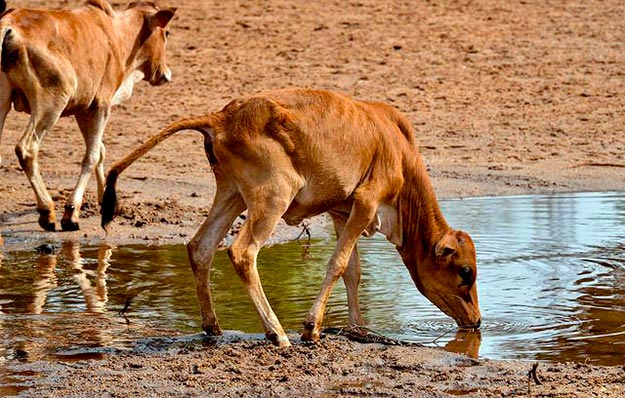Since the time of Aristotle, some scientists have claimed that hot water freezes faster than cold. Philip Ball looks at current attempts to shed light on this puzzling phenomenon.

Intuitively we think that cold water should take less time to freeze than hot water, but Aristotle and others since have found this not to be the case.
It sounds like the kind of question you would be dismayed to hear schoolchildren getting wrong: which takes less time to freeze, cold or hot water? Common sense and the laws of thermodynamics appear to insist that cold water must freeze first. For example, Newton’s law of cooling states that the rate at which a body cools is proportional to the temperature difference between the object and its surroundings. But, in fact, it does seem as though hot water sometimes “overtakes” cold as it cools.
Indeed, Aristotle, Francis Bacon and René Descartes all claimed that hot water does freeze more quickly. Erasto Mpemba, a secondary-school student in Tanzania, may have been unaware of their claims, but it was something he also observed in 1963. To make ice cream for a school project, he was told to boil milk and then let it cool before putting it in the refrigerator. But, fearful of losing his place, Mpemba put his mixture in the fridge while it was still hot. He found that it froze before the other, cooled mixtures. Read more












